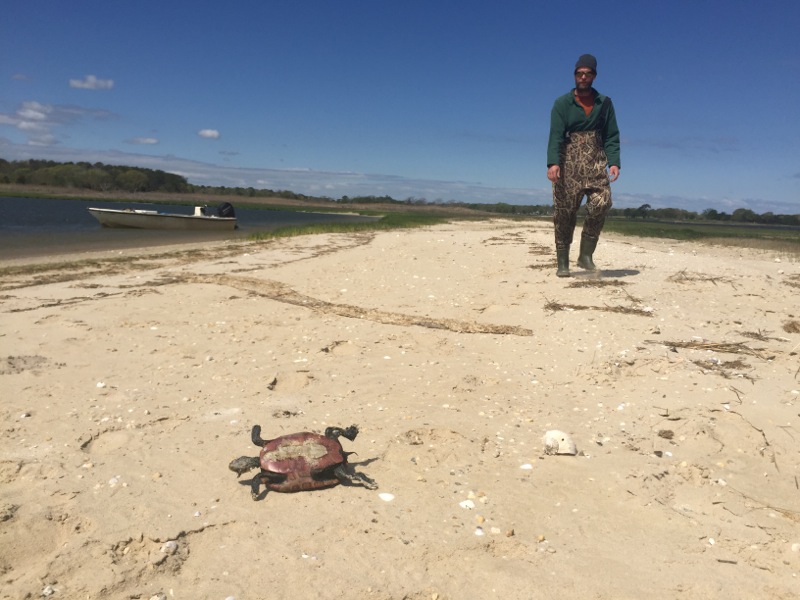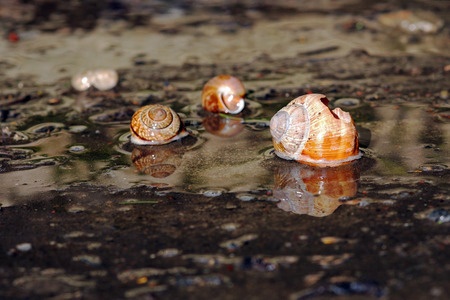State environmental regulators reopened about 4,000 acres of shellfish lands in the towns of Riverhead, Southold and Southampton for the harvesting of carnivorous gastropods — whelks, conchs, moon snails.
The reopening was effective this morning at sunrise.
The State Department of Environmental Conservation rescinded temporary emergency closures announced in May, affecting Terry’s Creek and Meetinghouse Creek in Riverhead, James Creek in Southold and western Shinnecock Bay in Southampton. Those water bodies were closed to the harvesting of carnivorous gastropods due to high levels of saxitoxin, a biotoxin that can cause paralytic shellfish poisoning.
The shellfish lands in Terry’s Creek and Meetinghouse Creek are among those in Suffolk County determined by the state DEC to be uncertified for the taking of all other shellfish for use as food year-round due to sanitary conditions. James Creek is uncertified for shellfishing from May 1 through November 30.
Saxitoxin, which is naturally occurring, is produced mainly by harmful algal blooms, more commonly known as “red tides” or “brown tides.”

The May emergency closures followed on the heels of a large die-off of diamondback terrapin turtles, which began washing ashore by the dozen on the beaches along Flanders Bay in May.
Saxitoxin levels in Meetinghouse Creek were the highest ever measured in samples taken May 15.
Shellfish are a big part of the terrapin’s diet, but it remains unclear whether the ingestion of toxic shellfish actually caused the turtle deaths. Lab tests on turtle bodies by the DEC did not turn up any definitive answers, a DEC spokesperson told RiverheadLOCAL in May.

Subsequent algal blooms made oxygen levels plummet to zero in the Peconic River and western Flanders Bay in late May, which led to two major die-offs of menhaden — known locally as bunker. Hundreds of thousands of bunker fish died in local waters, washing ashore on beaches in western Flanders Bay and along the Peconic River. The die-off prompted an advisory from county health officials about using those waters for recreational purposes, due to the potential for bacteria in the water from decomposing fish.
The county health department will not rescind that advisory, even if conditions improve — as they have — according to spokesperson Grace Kelly McGovern.
The latest water quality reports from the Gobler Laboratory at Stony Brook University indicate the water quality of Peconic River is “fair” and that of western Flanders Bay is “good.”
An official water quality report from the DEC is expected at any time.
Jim Gilmore, chief of the marine resources bureau at the New York State Department of Environmental Conservation, said June 20 DEC scientists were taking water samples for testing and found “algae that typically shouldn’t be growing here this time of year.” He said that day that a report would be completed in about a week.
The survival of local journalism depends on your support.
We are a small family-owned operation. You rely on us to stay informed, and we depend on you to make our work possible. Just a few dollars can help us continue to bring this important service to our community.
Support RiverheadLOCAL today.
































